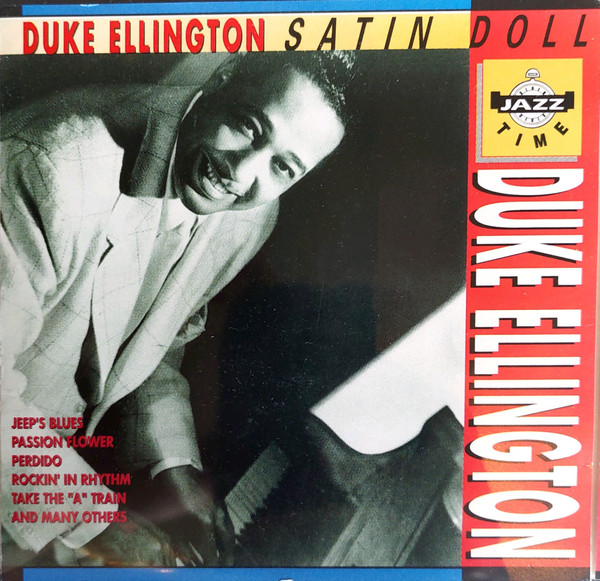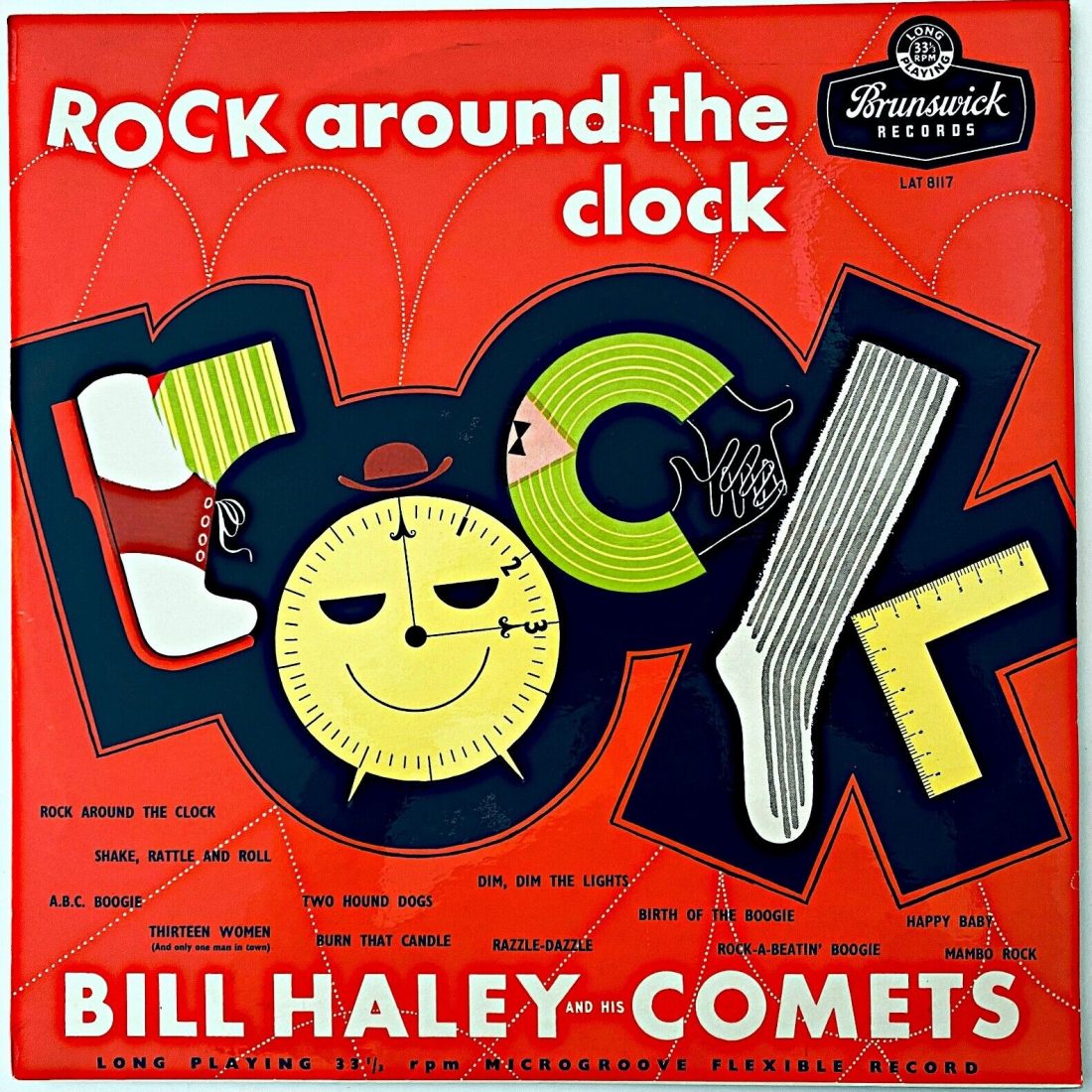 Long before streaming, stadium anthems, or viral TikTok dances, there was one song that could turn any room into a joyous, uncontainable party — “Shout” by The Isley Brothers. Released in 1959, this exuberant call-and-response classic wasn’t just a song; it was an emotional eruption, a gospel-rooted explosion of rhythm, soul, and unfiltered happiness that transformed American music. It was the sound of celebration distilled to its purest form, performed by three brothers from Cincinnati — O’Kelly, Rudolph, and Ronald Isley — who turned a spontaneous live moment into one of the most recognizable recordings in history. “Shout” wasn’t a polished pop single or a choreographed dance tune. It was a spiritual experience born from the same fire that fueled church revivals, backyard parties, and the very DNA of rock ’n’ roll itself.
Long before streaming, stadium anthems, or viral TikTok dances, there was one song that could turn any room into a joyous, uncontainable party — “Shout” by The Isley Brothers. Released in 1959, this exuberant call-and-response classic wasn’t just a song; it was an emotional eruption, a gospel-rooted explosion of rhythm, soul, and unfiltered happiness that transformed American music. It was the sound of celebration distilled to its purest form, performed by three brothers from Cincinnati — O’Kelly, Rudolph, and Ronald Isley — who turned a spontaneous live moment into one of the most recognizable recordings in history. “Shout” wasn’t a polished pop single or a choreographed dance tune. It was a spiritual experience born from the same fire that fueled church revivals, backyard parties, and the very DNA of rock ’n’ roll itself.
By the end of the 1950s, rhythm and blues had already begun blending with gospel and jazz, creating a new musical language that would soon birth soul and rock. The Isley Brothers were at the heart of that transformation. “Shout,” recorded for RCA Victor, was their first major hit and an early showcase for Ronald Isley’s extraordinary vocal range — from silken croon to feverish falsetto. The song didn’t follow the usual pop structure. Instead, it captured a living moment: half sermon, half dance-floor frenzy, and completely alive. Its influence has echoed for decades, from Otis Day and the Knights’ famous version in Animal House to countless weddings, pep rallies, and sporting events around the world. More than sixty years later, “Shout” still feels fresh — because joy never goes out of style.
The Spark of Spontaneity
The origin of “Shout” was almost accidental. During a live performance in 1959, the Isleys were playing their cover of Jackie Wilson’s “Lonely Teardrops” when Ronald Isley started improvising mid-song, shouting, “You know you make me wanna shout!” The crowd went wild, and the brothers — ever the performers — fed off that energy. That spontaneous exchange became the foundation for a song that would define their early career. It wasn’t written on paper first; it was born in real time, in front of an audience, shaped by the emotional feedback loop between performer and crowd.
When they brought that energy into the studio, the challenge was to capture the live electricity without losing the rawness. They succeeded. Recorded with handclaps, organ, and a tight rhythm section, the track built momentum from its very first moments. The Isleys traded verses like a preacher and his congregation, pushing the volume, tempo, and emotion higher with every “Hey!” and “A little bit softer now!” The song didn’t so much end as it exploded — a gospel climax disguised as a pop record.
“Shout” broke through because it didn’t sound like anything else on the radio. It was too wild to be pop, too spiritual to be R&B, too loose to be rock — and yet it was all of those things at once.
A Bridge Between Gospel and Rock
The Isley Brothers’ genius in “Shout” was their ability to channel the unrestrained spirit of gospel into a secular setting. Many Black artists at the time walked a delicate line between the sacred and the profane, taking the fervor of the church and reimagining it for the dance floor. Sam Cooke did it with “You Send Me.” Ray Charles did it with “What’d I Say.” And The Isleys did it with “Shout.”
Ronald Isley’s lead vocal reads like a sermon. He urges, testifies, and hollers while the backing vocals echo and affirm him. The “call and response” format — a hallmark of Black church services — became the song’s heartbeat. Each verse climbs higher in emotional intensity, culminating in the famous breakdowns: “A little bit softer now!” followed by “A little bit louder now!” The crowd becomes the choir, the beat becomes the pulse, and suddenly everyone is participating in the same ecstatic release.
This raw, communal energy was the missing ingredient that would later inspire artists like The Beatles, The Rolling Stones, and even James Brown. When rock ’n’ roll fully took shape in the early ’60s, its DNA was infused with that same gospel fire — and “Shout” was one of the songs that lit the fuse.
A Party That Never Ends
It’s hard to think of another song that has transcended generations the way “Shout” has. It’s been covered, sampled, parodied, and celebrated by artists from The Beatles to Lulu to Joan Jett. But it’s not just a classic — it’s a cultural ritual. Weddings, graduations, college football games, movie soundtracks — “Shout” is woven into the collective memory of celebration.
Part of its timelessness comes from its structure: it invites participation. The audience can’t help but sing along. You’re not just listening to “Shout,” you’re doing it. The song is a built-in call to move, dance, and yell. It’s the perfect icebreaker at a party and a guaranteed crowd-pleaser for any live band brave enough to try it.
When Otis Day and the Knights performed it in the 1978 comedy Animal House, “Shout” found a second life as a cinematic anthem for rebellion and good times. That scene — full of beer, chaos, and joy — perfectly captured the spirit of the song. From that point on, “Shout” became more than a hit record; it became an institution.
The Isley Legacy Begins
“Shout” was The Isley Brothers’ first taste of mainstream success, but it was far from their last. The song reached No. 47 on the Billboard Hot 100, a modest showing that didn’t reflect its cultural impact at the time. But its staying power outlasted almost every chart-topper of that era.
The Isleys would go on to reinvent themselves over and over again — from the Motown years (“This Old Heart of Mine”) to the funk-driven 1970s (“That Lady,” “Fight the Power”) to the smooth R&B of the 1980s. But “Shout” remained their calling card, the eternal encore. No matter how many musical eras they conquered, that 1959 recording was the heartbeat of their legend.
Ronald Isley’s voice would mature into one of the most recognizable in R&B, equal parts silky and soulful. O’Kelly and Rudolph’s harmonies provided the backbone, and their blend — equal measures of church and street — became the signature Isley sound.
More Than Nostalgia
What’s remarkable about “Shout” is that it never feels dated. The recording still pops with vitality, its handclaps and organ stabs as infectious as ever. Unlike some early rock ’n’ roll records that sound quaint or primitive today, “Shout” still works — on every level. It’s not just nostalgia; it’s kinetic joy.
That’s because it taps into something universal. Everyone knows what it feels like to lose control in the best possible way — to dance, to yell, to celebrate life. “Shout” is the soundtrack to that moment of surrender. It doesn’t matter if it’s played by a wedding band, blasted from a jukebox, or streaming through wireless earbuds — it still makes people smile and move.
And while it’s often celebrated as a party anthem, “Shout” also holds deeper significance. It’s a testament to the power of joy as resistance. Released at the end of the 1950s — a time when segregation and racial tension still defined much of America — here was a group of young Black men spreading unfiltered happiness across the airwaves. Their exuberance was radical. Their sound was revolutionary. Their joy was a statement.
The Technical Brilliance Beneath the Fun
It’s easy to get swept up in the emotion of “Shout,” but musically, it’s also a masterpiece of construction. The arrangement starts sparse, with Ronald’s voice front and center, and gradually layers in rhythm and harmony. Each section adds intensity, using dynamics to control the crowd like a conductor guiding an orchestra of dancers.
The use of call-and-response keeps listeners engaged, but the key changes and rhythmic shifts give the song shape and motion. Even without modern production tricks, the record sounds alive. Every shout feels spontaneous, every beat urgent. The Isleys’ command of dynamics — loud, soft, slow, fast — was far ahead of its time.
It’s also one of the earliest examples of a pop record that mimicked a live experience rather than a studio performance. That approach would go on to influence everything from soul revues to rock concerts to live albums in the ’60s and ’70s.
The Song That Outlived Its Era
Today, “Shout” stands as one of the longest-living songs in modern music history. It’s been inducted into the Grammy Hall of Fame, honored by the Rock and Roll Hall of Fame, and preserved by the Library of Congress for its cultural significance. Yet the song’s true legacy isn’t in awards — it’s in the way it still brings people together.
When you hear “Shout” at a celebration, you’re participating in something that stretches across generations. Your parents danced to it. Your grandparents probably did too. It’s a musical handshake between eras — one that transcends race, age, and geography. The Isley Brothers didn’t just write a hit; they captured lightning in a bottle.
Why “Shout” Still Matters
If “Shout” was just a catchy song, it would’ve faded long ago. But it’s endured because it speaks to something primal in all of us: the need to feel free. It’s not about rebellion or romance — it’s about release. Every “You make me wanna shout!” feels like a declaration of joy, a refusal to sit still when life feels good.
The Isley Brothers gave the world permission to let go — to move, yell, and celebrate without shame. And in a world that often takes itself too seriously, that message is as vital now as it was in 1959.
Conclusion: The Eternal Call of Joy
“Shout” isn’t just a song — it’s a ritual, a rite of passage, and a living reminder of what music is supposed to do: make us feel something real. From church basements to wedding receptions to Super Bowl halftime shows, its spirit continues to echo through time.
When The Isley Brothers shouted, the world listened — and it still does. That’s the mark of greatness. More than six decades later, their voices carry across generations, calling us to our feet, daring us to dance, and reminding us that sometimes, the purest form of expression is just to throw your hands up and shout.


